Smoke impacting Grand Forks air quality
The Grand Forks valley has been waking up to intense levels of smoke over the past week. The good news is there are no local fires, but the bad news is the poor air quality is from ongoing fires in Russia.
The West Kootenays has three active fires, all believed to be caused by lightening strikes, said Fionna Tollovsen fire information officer with the Southeast fire district. While some smoke may be drifting in from these fires in Castlegar and Nelson or from fires south of the Boundary in Washington state, most of the smoke is likely coming from the fires plaguing Siberia in Russia for months, said Tollovsen.
“Most of (the smoke) is because of there’s been a change in the weather pattern and it just starts to draw all the smoke over the Pacific,” explained Tollovsen. “There are definitely some active fires, but barely enough activity to generate the smoke that we’re seeing.”
While the Ministry of Environment (MOE) has not issued an air quality alert, the particulate matter in Grand Forks’ airshed was on a steady climb today, and over the past five days, as a result of the smoke. (To keep an eye on the local air quality click here for the MOE air quality readings.)
Scientists from NASA say that the intense heat from the fires has pushed the smoke 12 miles into the air, where it is carried by winds across the Pacific into the upper atmosphere. The increased particles in the air have produced especially red sunsets in California, Oregon, Washington state, and parts of British Columbia.
There currently does not seem to be any let up in the fire activity in Russia. Smoke from the fires has paralyzed air transport for several days and has reached dangerous concentrations in major Siberian cities, NASA added in their report.
Closer to home, the four active forest fires in Washington are located well south of the Boundary region in the Chelan area and the southeast part of the state. The largest is 28,077 acres in Kittitas county that was reported just yesterday.
The fire near Syringa is one-and-a-half hectares and is 80 percent contained, while the fire in Nelson area is 1.6 hectares and is 75 percent contained.
Campers should be cautious at this time of year to ensure that they follow fire regulations and extinguish their fires, Tollovsen warned, as there have been many abandoned campfires found around the region that could easily contribute to an increase in fire activity.



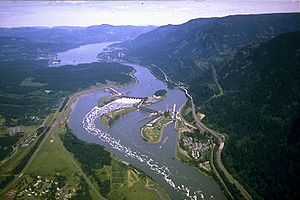



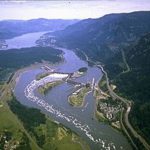



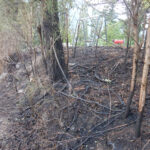









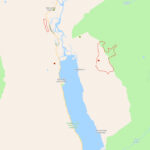

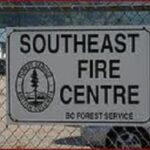


Comments